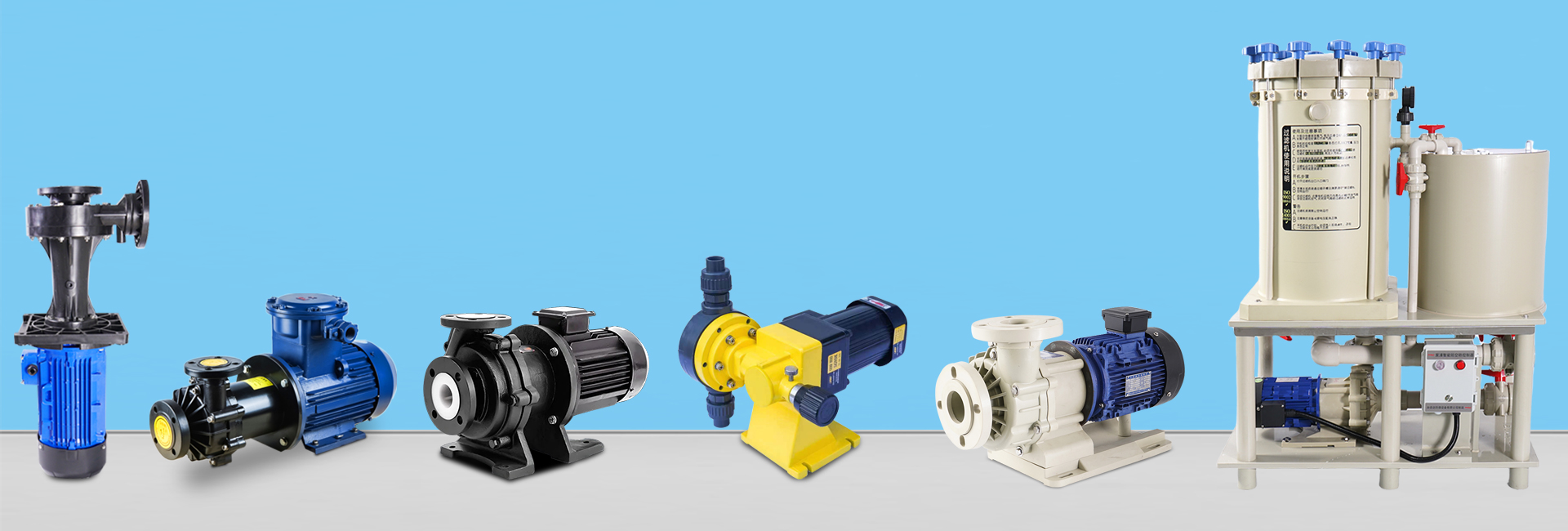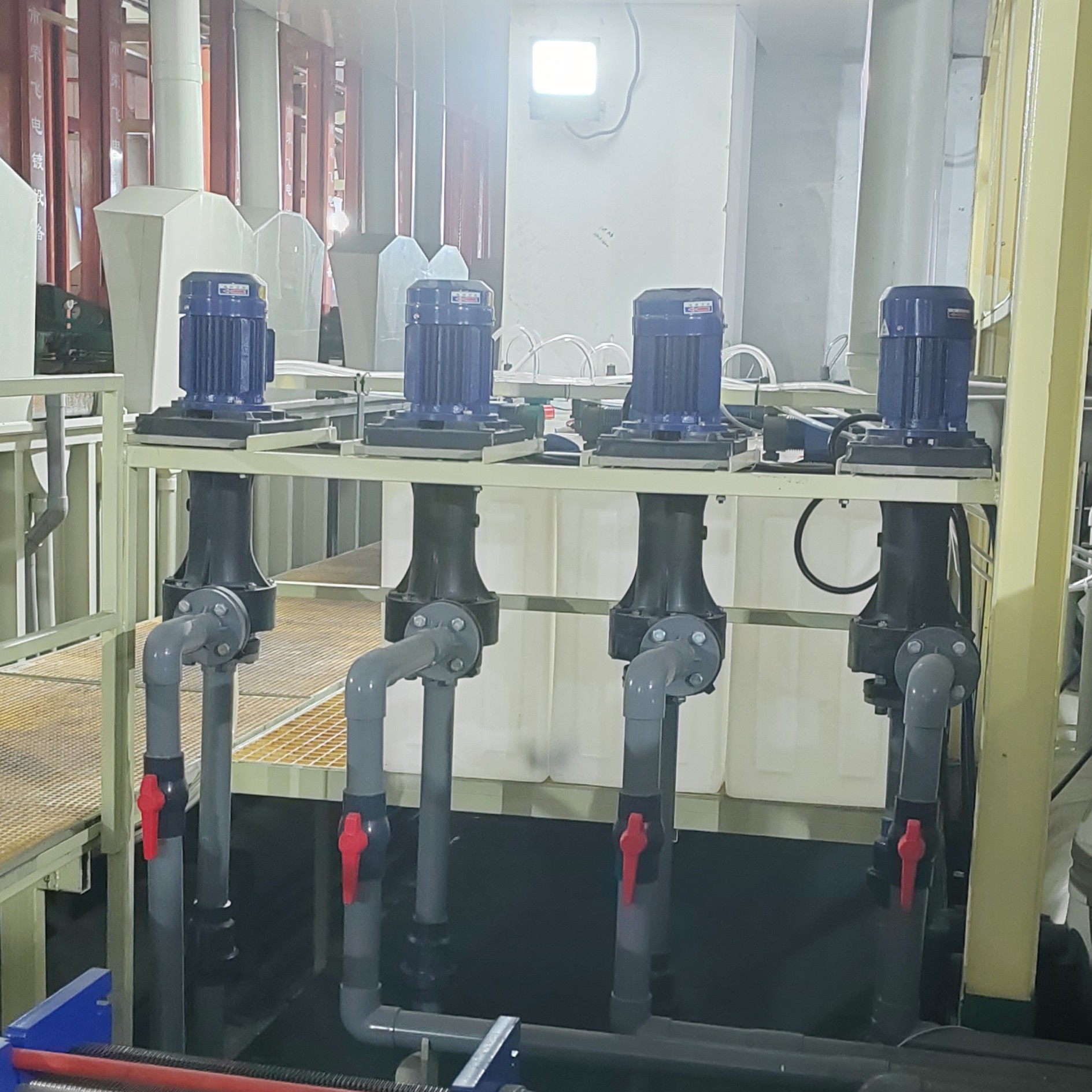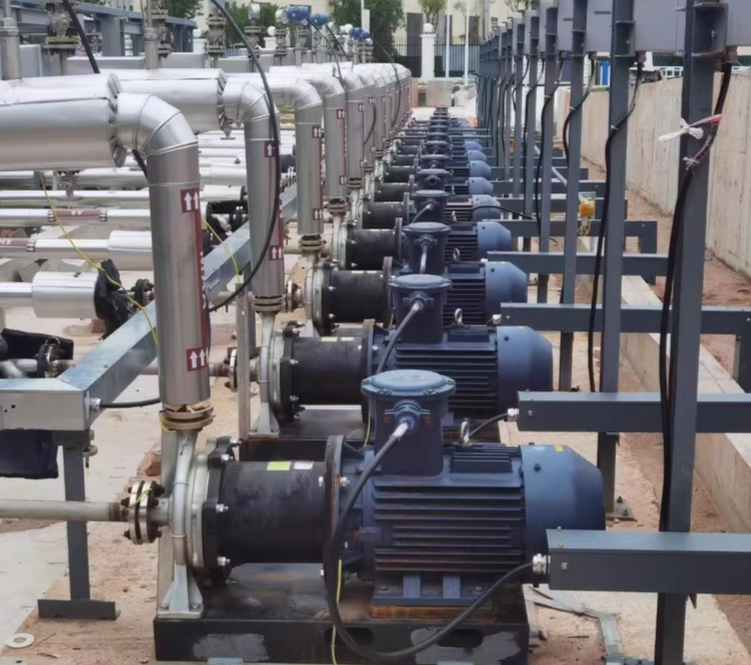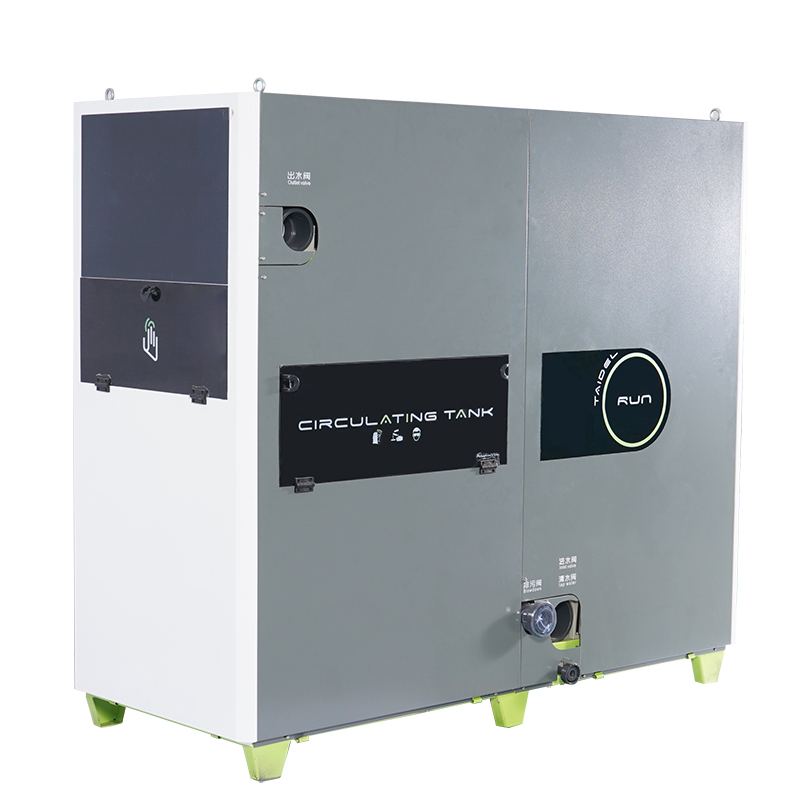1. Why Filter Cartridge Replacement Is Necessary
During long-term operation, industrial filter cartridges gradually become clogged with impurities, leading to reduced filtration efficiency, higher pressure drop, and insufficient flow. Timely replacement ensures system stability, extends equipment life, and prevents contamination or mechanical failure.
2. When to Replace an Industrial Filter Cartridge
You should replace the filter cartridge under the following conditions:
Excessive Pressure Drop – When the differential pressure exceeds the manufacturer’s limit (typically 0.05–0.1 MPa).
Reduced Flow Rate – The system flow decreases significantly while the pump and valves operate normally.
Cartridge Damage – The filter media shows cracks, collapse, or seal ring wear.
Scheduled Maintenance – Routine replacement every 3–6 months based on working conditions.
3. Step-by-Step Filter Cartridge Replacement Procedure
Step 1: Shut Down and Depressurize the System
Stop the filtration unit and close the inlet and outlet valves.
Slowly open the vent or drain valve to release internal pressure completely.
Step 2: Open the Filter Housing
Use the proper tools (such as a wrench or housing opener) to remove the top cover.
Be careful not to damage or drop any sealing components.
Step 3: Remove the Old Cartridge
Take out the used cartridge carefully to avoid contaminating the filter chamber.
Inspect the old filter for deformation, clogging, or rupture.
Step 4: Clean the Filter Housing
Wipe the inside of the housing with a clean cloth or blow it with compressed air.
Check that sealing surfaces are smooth and free from scratches.
Step 5: Install the New Cartridge
Place the new cartridge correctly in position.
Ensure the seal rings are intact and apply a thin layer of lubricant for better sealing.
Step 6: Reassemble and Test
Close the cover tightly and tighten bolts evenly to prevent leaks.
Open the vent valve and slowly fill the housing with liquid.
Check for any leakage, monitor pressure drop, and confirm normal operation.
4. Important Safety and Maintenance Tips
Always use original or compatible filter cartridges that meet the required filtration precision.
Never open the filter under pressure to avoid fluid ejection and injury.
Record replacement dates and pressure readings for maintenance tracking.
Wear protective gear when handling high-temperature or corrosive fluids.
5. Conclusion
Proper replacement of industrial filter cartridges is essential to maintain efficient and stable operation. Regular pressure monitoring and scheduled cartridge changes can greatly improve filtration performance, prevent blockages, and minimize downtime.








